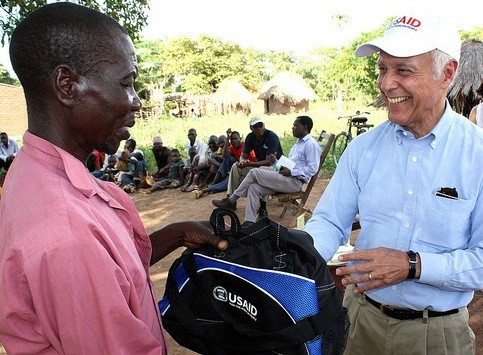
Zambia and the United States first began working together in the 1950’s when several students received scholarships to study in the U.S. At independence in 1964, Zambia was considered by many to be the second wealthiest nation in sub-Saharan Africa, however, due primarily to the global reduction in copper prices, by the late 1970s the strong post-independence economy had declined. In 1977, the United States responded by formally creating the USAID mission in Zambia.
Today, due to its potential to play a larger role in food security, conflict prevention, and regional security, Zambia remains central to the success of U.S. initiatives in southern Africa. Working with the Zambian Government, cooperating partners, and the people Zambia, the USAID/Zambia program concentrates on:
- Improving the health of Zambians;
- Reducing the incidence and impact of HIV/AIDS;
- Raising the quality of basic education;
- Increasing agriculture-led economic growth to reduce rural poverty and food insecurity;
- Reducing climate change and protecting the environment; and
- Enhancing democratic governance.
USAID's mission in Zambia is a United States Government focus country for the U.S. President’s Emergency Plan for AIDS Relief (PEPFAR); President’s Malaria Initiative (PMI); the President’s Global Hunger and Food Security Initiative, known as Feed the Future; Mandela Washington Fellows Program; President’s Global Climate Change Initiative; and the U.S. President’s Power Africa and Trade Africa programs.








Comment
Make a general inquiry or suggest an improvement.